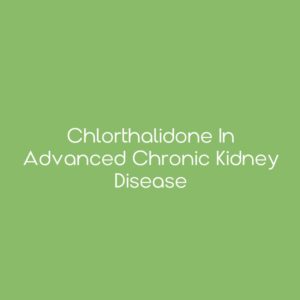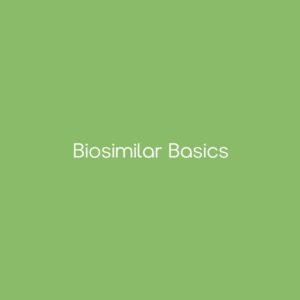Strategies to Reduce Medication Errors and Promote Patient Safety [Pharmacist]
Strategies to Reduce Medication Errors and Promote Patient Safety [Pharmacist]
This course explores how to enhance and promote pharmacy safety and reduce medication errors through root-cause analysis, data utilization, and quality measures. It covers the integration of safety principles into practice, fostering a culture of learning and reporting, and applying safe design principles. Learners will also understand the benefits of patient safety organizations and learn strategies to improve patient care outcomes and reduce costs.
Upon successful completion of this application-based CPE course, pharmacists should be able to:
1. Describe a measurement system and its effects on achieving pharmacy goals in community and health-system settings.
2. Discuss how the collection and utilization of patient-related data can improve safety.
3. List key components of a Continuous Quality Improvement (CQI) Program.
4. Propose a plan to implement a CQI Program to mitigate and prevent pharmacy errors.
5. Develop a list of action items to assist with pharmacy process improvement.
6. Describe the principles of safe design that can reduce patient harm.
7. Discuss the importance of recognizing high-alert medications and strategies to minimize the risk of errors.
8. Explain how a culture of learning and a culture of reporting reduce patient harm.
9. List the benefits provided by patient safety organizations (PSOs).
10. Apply patient safety principles to address medication-related issues in real-life case scenarios.
John A. Galdo, PharmD, MBA, BCPS, BCGP
CEO
Seguridad d/b/a CPESN Health Equity
John Kessler, BS Pharm, PharmD
Chief Medication Safety Officer
Alliance for Patient Medication Safety
John A. Galdo reports he is CEO of Seguridad and his spouse works for Eli Lilly and was an employee of Prime Therapeutics. All relevant financial relationships have been mitigated.
John Kessler has no relevant financial relationships with ineligible companies to disclose.
State of Florida Participants: This course is approved by the Florida Board of Pharmacy. If you practice in the state of Florida, you must self-report CE through CE Broker. Please use the CE Broker course number 20-1231548 to locate the course when self-reporting CE to CE Broker. For instructions, follow this link: https://help.cebroker.com/hc/en-us/articles/15226550796948-How-to-Report-Continuing-Education
Course fee includes course, course materials, and CPE credit submission to CPE Monitor.
Course is non-refundable.
Initial Release Date: September 1, 2024
Planned Expiration Date: September 1, 2027
Copyright 2024, CEimpact. All Rights Reserved. Any reproduction of this course without express permission is strictly forbidden.
![]() CEImpact is accredited by the Accreditation Council for Pharmacy Education as a provider of continuing pharmacy education. Obtain CPE credit by completing the course, followed by the exam and evaluation (if applicable). Once successfully completed, your course will appear in your Completed Courses tab. Access your CPE statement of credit at www.MyCPEMonitor.net.
CEImpact is accredited by the Accreditation Council for Pharmacy Education as a provider of continuing pharmacy education. Obtain CPE credit by completing the course, followed by the exam and evaluation (if applicable). Once successfully completed, your course will appear in your Completed Courses tab. Access your CPE statement of credit at www.MyCPEMonitor.net.
¹CEImpact provides you with two (2) opportunities to complete the exam. The learner will not receive CPE credit after two failed attempts.
Additional information
| Duration | 2h 0m |
|---|---|
| Topic Designator | Disease State/Drug Therapy |
| ACPE | Yes |
| ACPE Topic | 05 Patient Safety |
| Role | Pharmacist |
| Media-Type | On-Demand |
| Release Date | 9/1/24 |
| CEUs | 0.2 |
| ACPE Number | 0107-0000-24-227-H05-P |




